According to Edmonton's Community Standards Bylaw 14600 it is illegal to prune elms between April 1 to September 30.
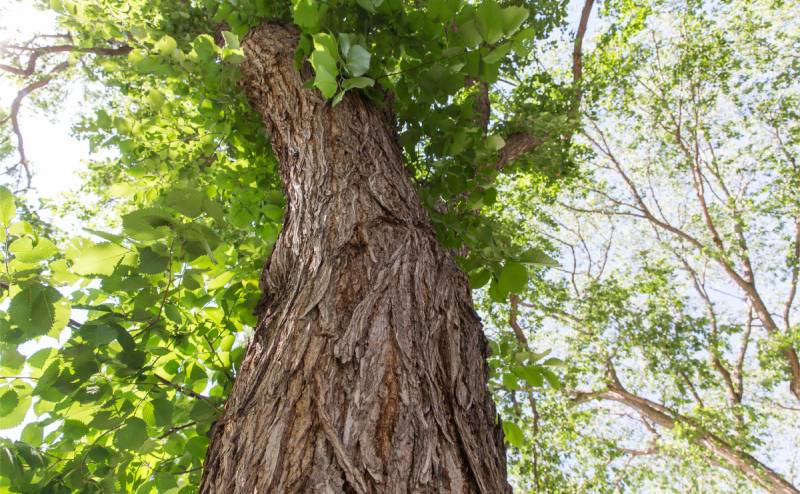
Dutch elm disease has been confirmed in Edmonton. This disease is a threat to our urban forest and a coordinated response is underway to stop the spread of the disease.
Dutch Elm Disease Confirmed in Edmonton
Dutch elm disease was confirmed in August 2024. The City of Edmonton has responded quickly in cooperation with the Canadian Food Inspection Agency (CFIA) and the Government of Alberta to manage and prevent the spread of the disease.
Dutch elm disease is a deadly disease caused by a fungus (Ophiostoma ulmi) that can affect any elm tree. Since its introduction from Europe about 1930, it has destroyed millions of American elm trees across North America. The disease is spread through tree roots and beetles which can transport the fungus to other nearby trees.
The City developed an action plan in 2020 for responding and containing the spread of the disease. This plan was activated in August 2024. Inspections are underway to assess and evaluate all elms in the vicinity of where the disease is confirmed. To help mitigate the risk of spread, the City is conducting targeted elm tree removals to reduce the habitat of the beetles that spread the fungus. City-owned elm trees with significant leaf death at the top of the tree, small elm trees, and elm trees in unsuitable growing locations, such as alleys, are being considered for immediate removal.


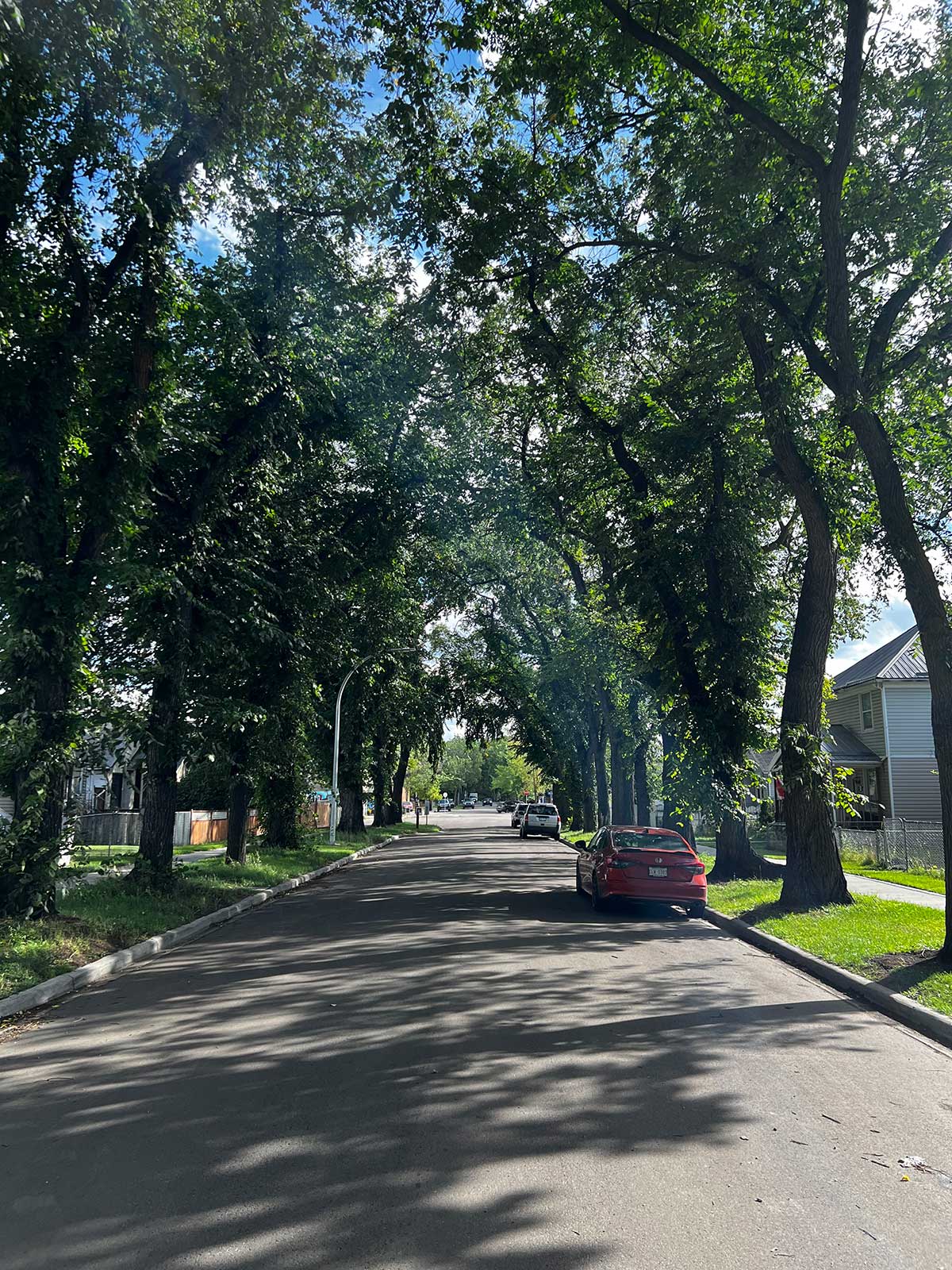
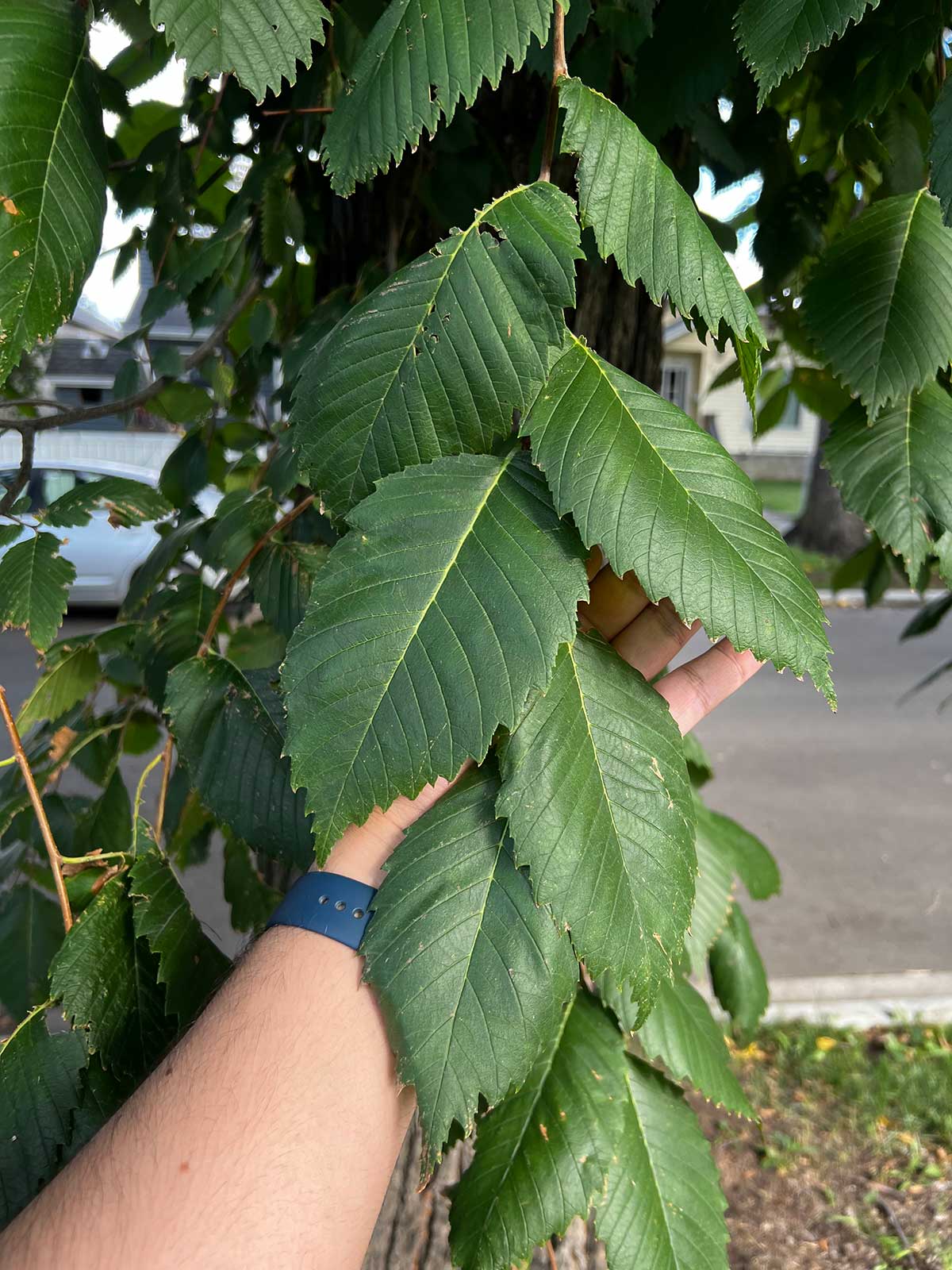

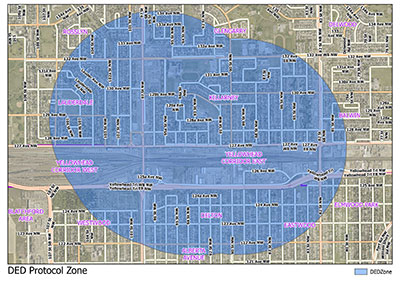
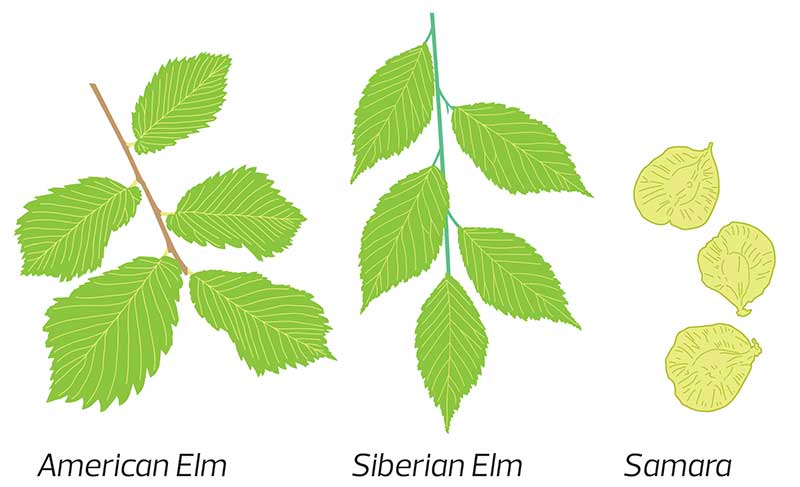
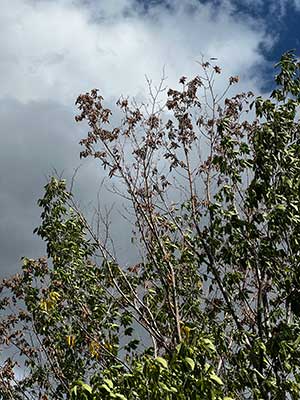
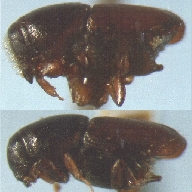 Dutch elm disease is noted for its severity because it destroys American elm and severely damages other elm varieties. The disease is caused by a fungus (Ophiostoma ulmi) that is spread mainly from one tree to another by two insect species, the native elm bark beetle (Hylurgopinus rufipes) and the smaller European elm bark beetle (Scolytus multistriatus).
Dutch elm disease is noted for its severity because it destroys American elm and severely damages other elm varieties. The disease is caused by a fungus (Ophiostoma ulmi) that is spread mainly from one tree to another by two insect species, the native elm bark beetle (Hylurgopinus rufipes) and the smaller European elm bark beetle (Scolytus multistriatus).